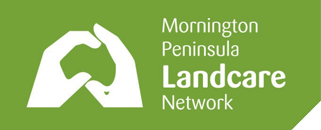If you are a landholder in the Watson Creek biolink area or the Sheepwash Creek biolink area, we invite you to join us. Become an active contributor to this initiative and restore a section of your land to benefit local wildlife. Enjoy watching the fruits of your labour in the future. Meet your neighbours as you learn more about the landscape you live in.
The success of this exciting project will depend on the involvement of landholders – the more people become involved, the better the outcome!
If you are a landholder in the Watson Creek biolink area or the Sheepwash Creek biolink area, we invite you to join us by:
Hosting an introductory visit by an ecologist
An ecologist with expertise in local vegetation and wildlife can visit you on your property. This is an opportunity to ask questions about areas on your property that you believe may be suitable for inclusion in the biolink.
Attending a local field trip
Join your neighbours on a short field trip of either the Watson Creek biolink area or the Sheepwash Creek biolink area, followed by a social lunch/afternoon tea. An ecologist with expertise in local vegetation and wildlife will provide expert commentary on the anticipated challenges and opportunities of the proposed biolink.
Attending a local workshop
You will have the opportunity to hear from local landholders who have participated in biolink projects by reserving sections of their properties for native wildlife. You will work with your neighbours to put together a local biolink plan. A local ecologist will be on hand to advise about the value of different types of vegetation and areas for wildlife.
Joining your local landcare group
Linking the Mornington Peninsula Landscape will support Landcare groups, in the catchments covered by the project to work with landholders on biolinks.
Contact us to get started.
